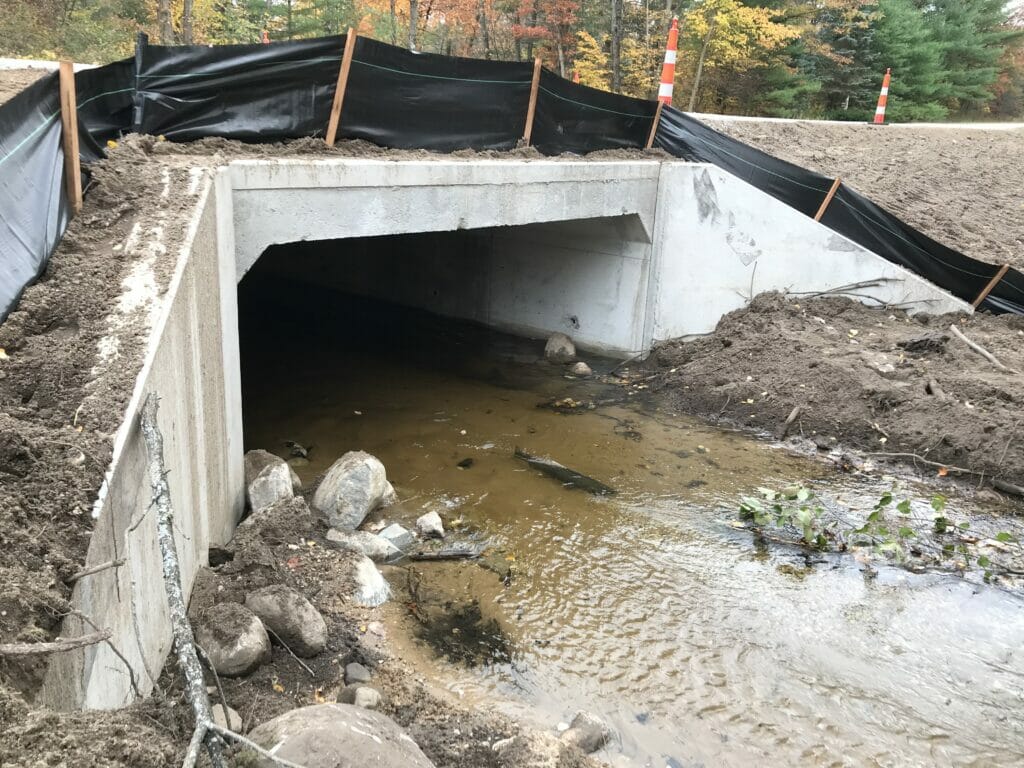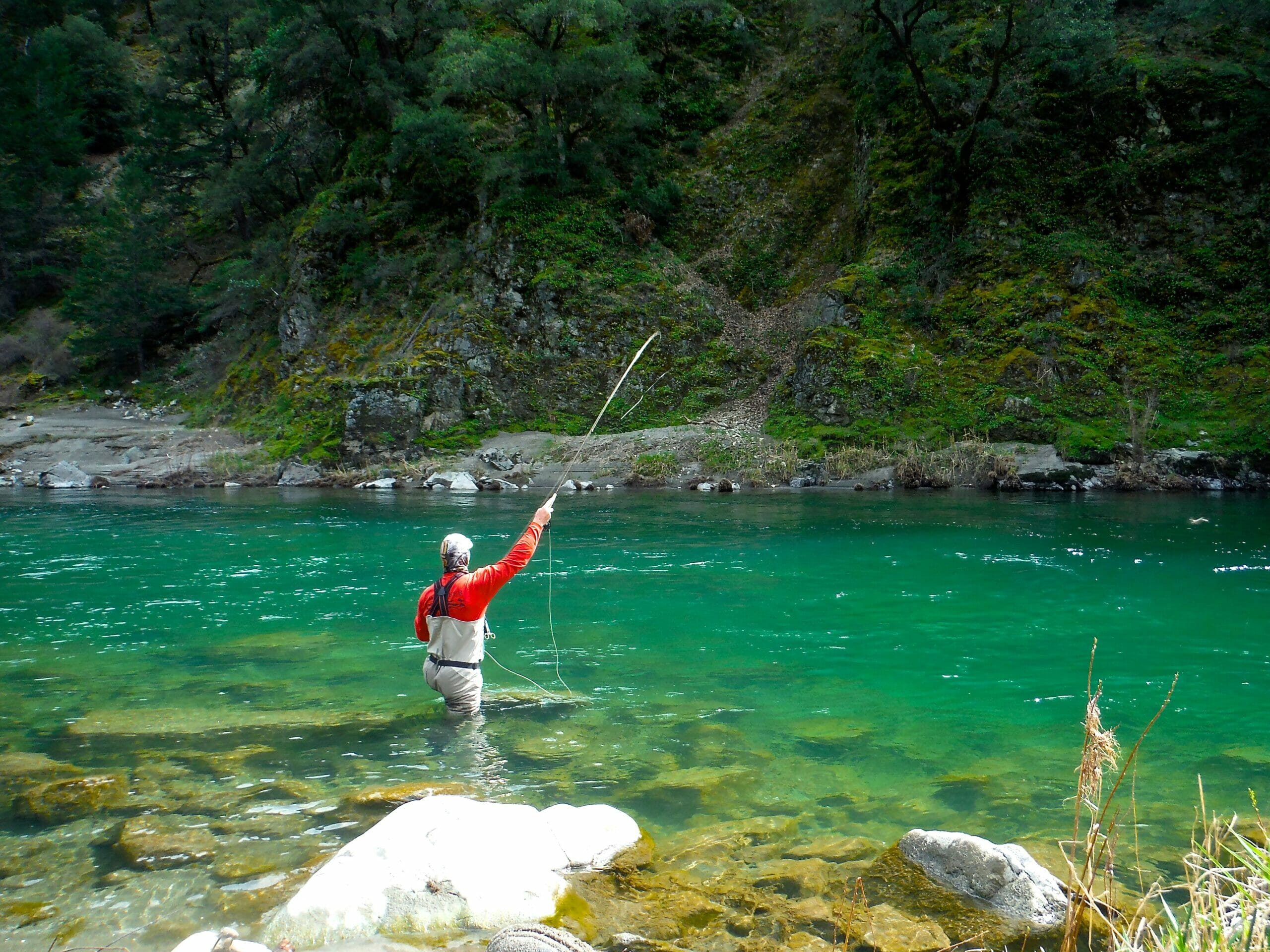Protecting 30 percent of the planet by 2030 may not be enough.
In 2019, a group of international scientists came up with the notion of a Global Deal for Nature. Their idea is straightforward, and very ambitious. To “save the diversity and abundance of life on Earth,” the scientists said, we need to “save 30 percent of Earth to be formally protected to avoid catastrophic climate change, conserve species, and secure essential ecosystem services.” Their idea to protect 30 percent of the Earth by 2030 has become known as “30 x 30.”
But protecting 30 percent of lands and waters is not enough. As the scientists who wrote the Global Deal for Nature say, “The most logical path to avoid the approaching crisis is maintaining and restoring at least 50 percent of the Earth’s land area as intact natural ecosystems, in combination with energy transition measures.”

The states of New York, California, South Carolina and others passed bills in support of 30 x 30. The Biden administration committed to taking steps “to achieve the goal of conserving at least 30 percent of our lands and waters by 2030.”
Permanently protecting land can often be controversial, and it is getting more difficult. Over the past 10 years, for example, less than half as many acres were protected with a wilderness designation than had been set aside in the previous 10 years. Today, approximately 12 percent of the United States is classified as protected land.
Today, we also need to realize it is not enough to pass a bill and call an area “protected.” Unnaturally intense fires do not respect wilderness boundaries. Droughts affect national parks as much as they do farms. Floods can devastate both public and private land.
Chris Wood
The need to protect our communities from devastating floods, fires and drought—natural disasters made more intense and frequent by climate change—becomes more obvious with each passing fire and hurricane season.
We are already seeing impacts on trout and salmon waters. Scientists tell us native cutthroat trout across the west could lose almost 60 percent of their remaining habitat by 2080. Further declines are also anticipated in already-threatened salmon and steelhead populations.
In the 1990s, TU and its chapters realized it was not enough to work on individual stream reaches. We had to work on larger watershed-level scales to recover our fisheries. Today, we also need to realize it is not enough to pass a bill and call an area “protected.” Unnaturally intense fires do not respect wilderness boundaries. Droughts affect national parks as much as they do farms. Floods can devastate both public and private land.

The solution suggested by 30 x 30 is to embark on aggressive new efforts to protect, reconnect and restore larger swaths of our nation’s landscapes. TU uses the term “collaborative stewardship” to define our work. It works in places such as Idaho, where we protected nearly 9 million acres of wilderness-quality roadless areas. We were led by then-Gov. Jim Risch, and worked with rural county commissioners, timber interests, environmental groups and others to protect the Gem State’s roadless backcountry. Importantly, the Idaho Roadless Rule builds in flexibility for communities adjacent to roadless forests to implement common sense fire-prevention activities.
In places such as the coast of Oregon, we have worked with our partners to reconnect nearly 100 miles of habitat for imperiled fish while also protecting communities from future devastating floods.
Last year alone, Trout Unlimited’s national staff restored nearly 1,000 miles of river systems by reconnecting rivers to floodplains, recovering high-elevation meadows and removing unneeded dams. All these activities will make fishing better. More importantly, they make the places we live, love and fish more resilient to the effects of a changing climate.

Beyond that, protecting and restoring river systems and landscapes brings people together. As we work to repair and recover our waters, we create enduring bonds and lasting friendships, which help us cross the urban-rural divide and make it easier for us to tackle more complicated policy issues.
As the late writer Barry Lopez once wrote, restoration involves “accepting an abandoned responsibility. It is a humble and often joyful mending of biological ties, with a hope clearly recognized, that working from this foundation we might, too, begin to mend human society.”
So, let’s not settle for protecting 30 percent of our nation by 2030. Let’s shoot for protecting and restoring 50 percent by 2030.
Chris Wood is the president and CEO of Trout Unlimited.



